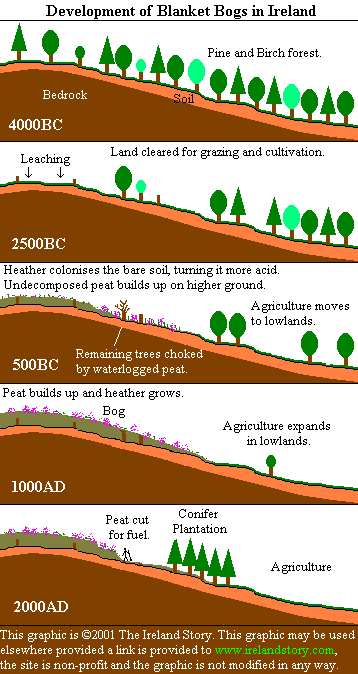Peat, a unique natural resource, plays a significant role in both environmental sustainability and human activities. Found in wetlands and bogs, peat is composed of partially decayed organic matter, primarily plant material. This fascinating substance not only serves ecological functions but also holds economic value in various industries. This article explores the characteristics, benefits, and uses of peat, as well as the importance of sustainable management practices.
Understanding Peat Formation
Peat forms in waterlogged conditions where organic matter accumulates faster than it decomposes. This anaerobic environment slows down the decay process, allowing plant material, such as mosses, reeds, and sedges, to accumulate over thousands of years. The result is a dense, spongy substance rich in carbon and nutrients.
Peatlands, the ecosystems where peat is found, cover approximately 3% of the Earth’s land surface but store about 30% of the world’s soil carbon. This makes peatlands crucial in regulating the global carbon cycle and mitigating climate change. Preserving these ecosystems is vital for maintaining biodiversity and combating greenhouse gas emissions.
Ecological Benefits of Peat
Peatlands are home to a diverse array of flora and fauna. The unique hydrology and nutrient conditions support specialized plant species, including sphagnum moss, which is essential for peat formation. These ecosystems also provide habitat for various wildlife, including birds, amphibians, and insects.
Moreover, peatlands act as natural water filters, improving water quality by trapping pollutants and sediments. They help regulate water flow, reducing the risk of floods and maintaining stream and river ecosystems. The ability of peatlands to store and slowly release water is vital for maintaining local hydrology and supporting agricultural practices in surrounding areas.
Economic Uses of Peat
Peat has been utilized by humans for centuries, and its economic significance remains today. One of the most well-known uses of peat is as a fuel source. In many regions, particularly in northern Europe, peat has traditionally been cut, dried, and burned for heating and cooking. While this practice has declined in some areas due to environmental concerns, it is still prevalent in others where it remains a primary energy source.
In addition to fuel, peat is widely used in horticulture. Its ability to retain moisture and provide aeration makes it an excellent component in potting mixes and soil amendments. Peat moss is a popular choice among gardeners and landscapers for improving soil structure and enhancing plant growth.
Peat is also utilized in the production of whiskey and other spirits. The smoky flavor imparted by burning peat during the malting process is a characteristic of many Scotch whiskies, adding a distinct taste that is beloved by enthusiasts.
The Case for Sustainable Management
Despite its versatility and benefits, the extraction of peat poses significant environmental challenges. Peat harvesting often leads to habitat destruction, loss of biodiversity, and the release of stored carbon into the atmosphere, contributing to climate change. Therefore, sustainable management practices are essential to minimize the impact of peat extraction.
Several initiatives promote responsible peatland management, focusing on restoring degraded peatlands and protecting existing ecosystems. Rewetting drained peatlands can help revive their ecological functions, enhance carbon sequestration, and restore biodiversity. Conservation efforts also emphasize the importance of using alternative materials in horticulture and other industries to reduce reliance on peat.
Alternatives to Peat
As awareness of the environmental impact of peat extraction grows, many industries are exploring alternatives. Coconut coir, compost, and wood fibers are increasingly being used as substitutes in horticulture. These materials can provide similar benefits while minimizing ecological harm.
Additionally, promoting sustainable agricultural practices can reduce the need for peat-based products. Techniques such as organic farming, cover cropping, and agroforestry can enhance soil health and productivity without relying on peat.
Conclusion
Peat is a remarkable natural resource with a multitude of ecological and economic benefits. Its role in carbon storage, water regulation, and habitat provision highlights the importance of preserving peatlands in the face of climate change and biodiversity loss. However, the challenges associated with peat extraction necessitate a shift toward sustainable management practices.
By promoting alternatives to peat and emphasizing the restoration of peatland ecosystems, we can protect this invaluable resource for future generations. Recognizing the significance of peat in our environment and economy is crucial for fostering a sustainable future that balances human needs with ecological integrity. As we continue to explore and appreciate the wonders of nature, peat remains a vital element in our ongoing journey toward sustainability.
